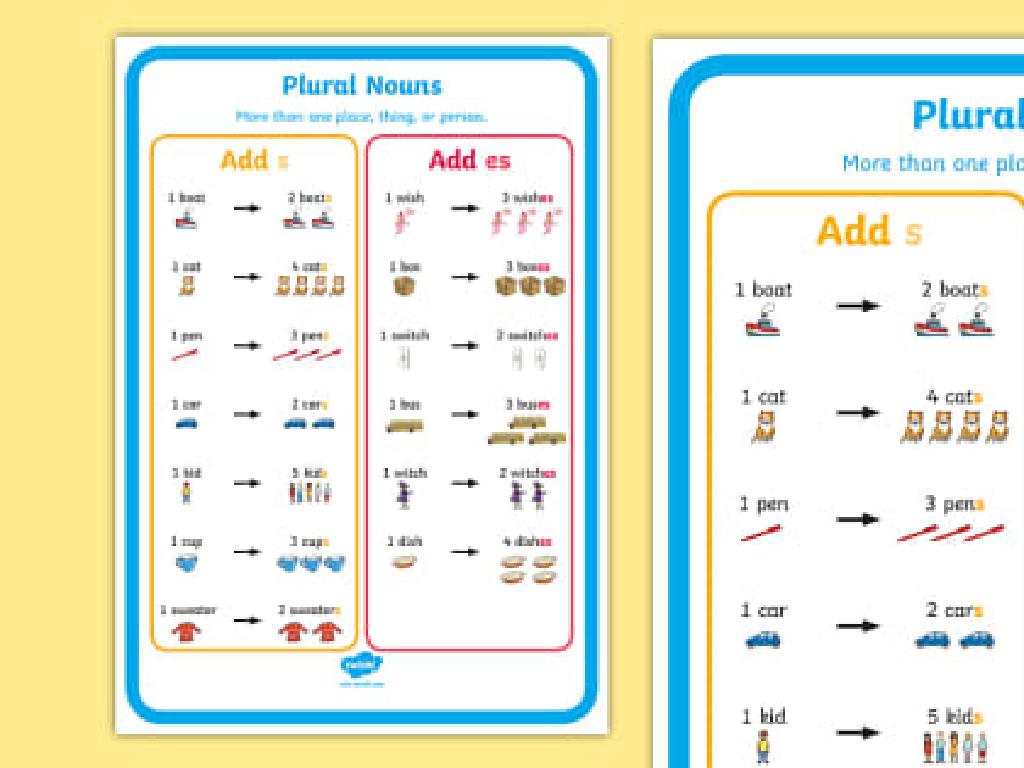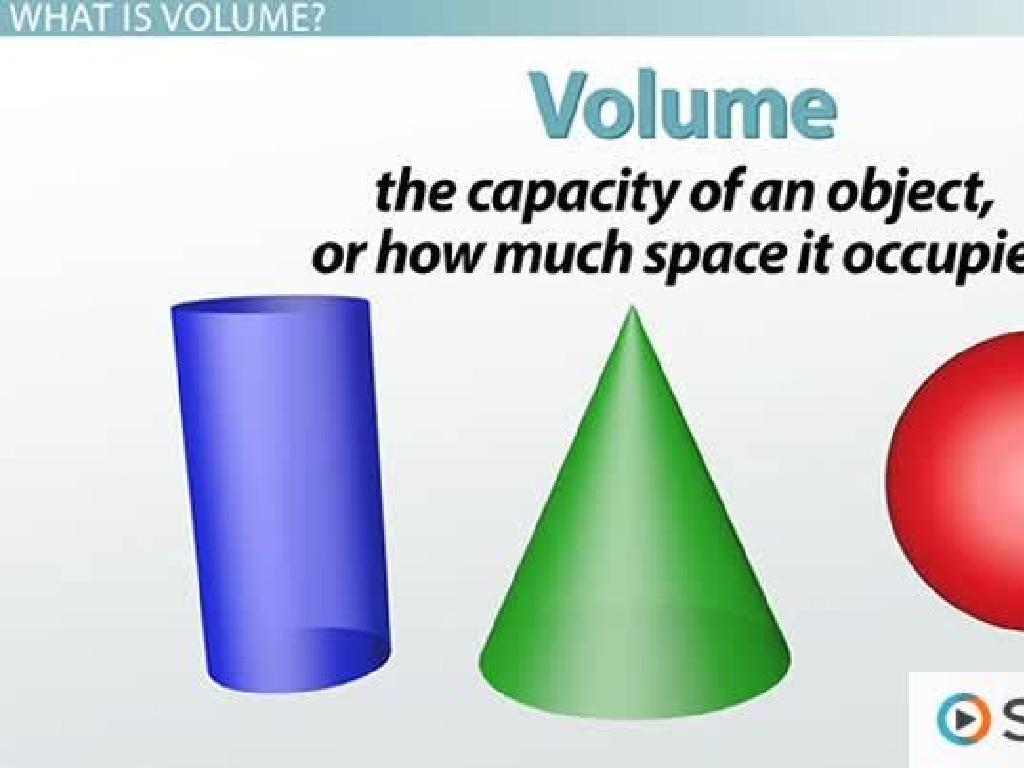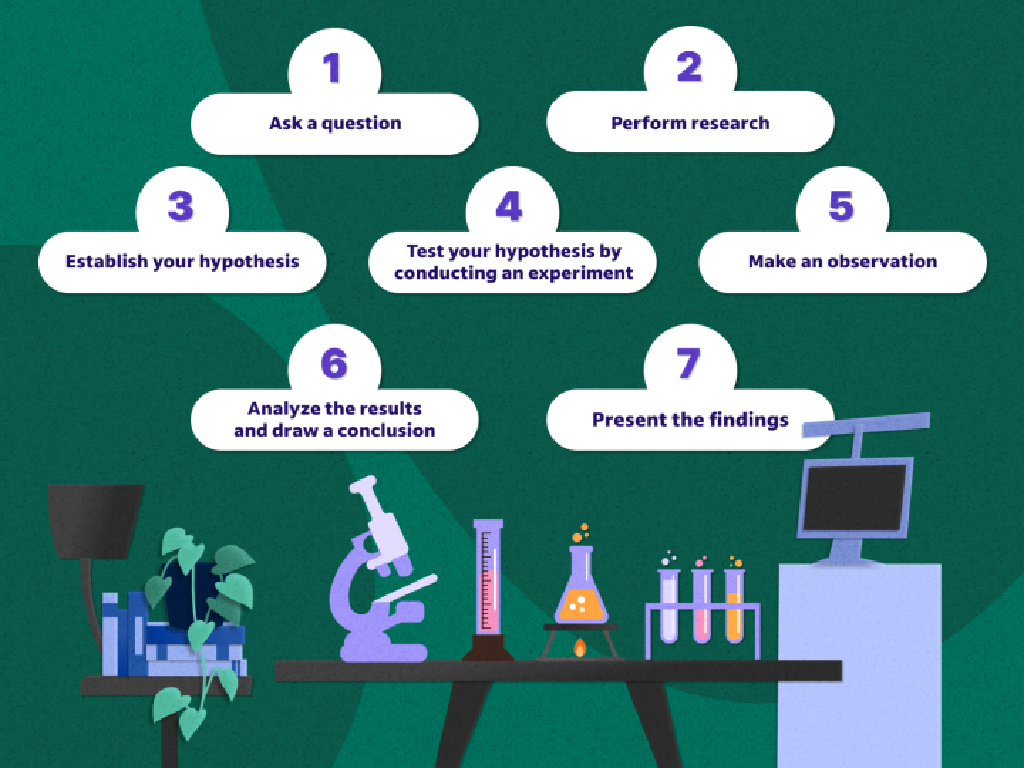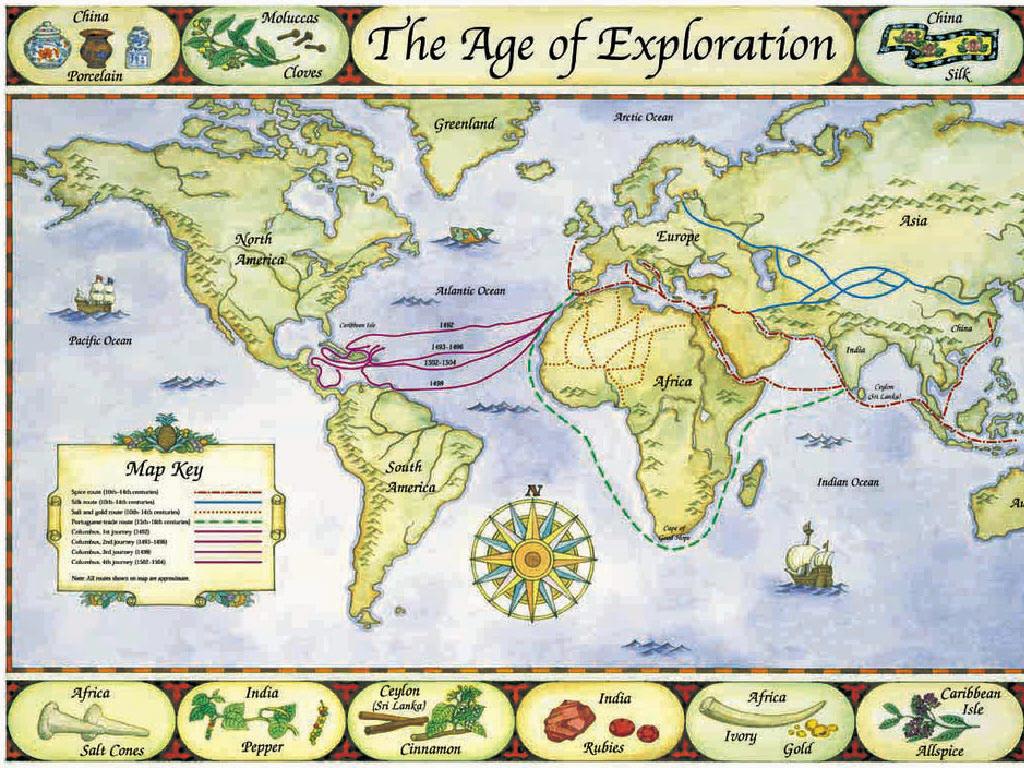Estimate Sums And Differences Using Compatible Numbers
Subject: Math
Grade: Third grade
Topic: Estimate Sums And Differences
Please LOG IN to download the presentation. Access is available to registered users only.
View More Content
Welcome to Estimation!
– What is estimation?
– Estimation is finding a number close to the exact answer.
– Why estimate in math?
– It helps us solve math problems quickly!
– Estimation in daily life
– We use estimation when shopping or cooking.
– Practice estimation with examples
|
This slide introduces the concept of estimation, which is a critical skill in mathematics and daily life. Begin by explaining that estimation is the process of finding a number that is close enough to the right answer, usually within a range. Discuss why estimation is useful: it helps us to quickly solve problems without needing the exact number, which can be especially handy in tests or real-life situations like shopping or cooking where speed is important. Provide examples where students can apply estimation, such as estimating the total cost of groceries or the amount of paint needed for a craft project. Encourage students to think of other situations where they might use estimation. The goal is to make them comfortable with making educated guesses and to understand that sometimes an approximate answer is sufficient.
Understanding Estimation
– Estimation is a ‘math guess’
– Think of estimation like guessing the number of candies in a jar
– It’s close to the exact answer
– If something costs $19, we estimate it as $20 to make adding simpler
– Makes math easier and quicker
– Used in everyday math
– Like when you quickly decide if you have enough money to buy a toy
|
This slide introduces the concept of estimation, which is a fundamental skill in mathematics, especially useful for making quick and reasonable guesses about quantities. Estimation is not about finding the precise answer but rather a close approximation that is good enough for the purpose at hand. It’s important to convey to the students that estimation is a practical tool they can use in everyday situations, such as when shopping or when they need to make quick decisions. Encourage them to think of times they have already used estimation without realizing it, and explain that we often estimate to save time while still getting a result that is good enough to be useful.
Compatible Numbers: Easy Math Friends
– Compatible numbers are like friends
– Numbers that ‘get along’ and make math simpler
– Easy to add or subtract mentally
– Find pairs that are easy to work with in your head
– Examples: 30 and 70, 25 and 75
– 30+70=100, 25+75=100, 50+50=100
– Practice with your own numbers
– Try finding pairs that add up to a round number
|
This slide introduces the concept of compatible numbers to third-grade students, emphasizing that these numbers are ‘friends’ that work well together, making mental math easier. Use everyday examples to show how some numbers are more ‘compatible’ for mental calculations, such as pairs that add up to 100. Encourage students to practice by finding their own pairs of compatible numbers and to recognize these pairs as a useful tool for estimating sums and differences quickly. This foundational skill will aid them in more complex arithmetic and in checking their work for reasonableness.
Estimating Sums with Compatible Numbers
– Learn to round numbers
– Round to the nearest ten or hundred
– Add rounded numbers together
– After rounding, add the numbers for an estimate
– Understand estimated sums
– An estimate is close to the exact answer, not exact
– Example: Estimating 34 + 28
– 34 rounds down to 30, 28 rounds up to 30, so 30 + 30 = 60
|
This slide introduces students to the concept of estimating sums by rounding numbers to the nearest ten or hundred. Emphasize the importance of rounding as a tool to make adding easier, especially when exact totals are not necessary. Use the example provided to show how rounding each number can simplify addition. Encourage students to practice with different numbers and to share their rounding strategies. Remind them that an estimate is a close approximation, not the exact answer, and it’s useful for quick calculations.
Estimating Differences with Compatible Numbers
– Round numbers to nearest ten or hundred
– If a number ends in 5 or more, round up. If it’s less than 5, round down.
– Subtract the rounded numbers
– After rounding, subtract like normal to estimate.
– Understand estimated difference
– It’s a quick way to find an answer that’s close to exact without calculating.
– Example: 73 – 28 is about 40
– 73 rounds down to 70, 28 rounds up to 30, so 70 – 30 equals 40.
|
This slide introduces students to the concept of estimating differences by rounding numbers to the nearest ten or hundred before subtracting. Emphasize the importance of rounding correctly and how it simplifies the subtraction process. The example provided should help illustrate the concept clearly. Encourage students to practice with additional examples and to understand that estimation is a useful skill for quick calculations in everyday situations.
Why Use Compatible Numbers?
– Compatible numbers simplify mental math
– Like rounding, but choose numbers that are easy to add or subtract
– They check work for reasonableness
– After solving, compare with an estimate to see if it’s sensible
– They save time on estimates
– Quick estimates help in tests or real-life situations when you’re in a hurry
– Useful when exact answers aren’t needed
|
This slide explains the benefits of using compatible numbers for estimation in math. Compatible numbers are those that are easy to compute mentally, such as rounding to the nearest ten or hundred. They are particularly useful for checking the reasonableness of answers, ensuring that students have a way to verify their work without having to do the exact calculation again. This is a time-saving strategy that can be applied in many situations, especially when an approximate answer is sufficient, such as in everyday calculations or when making quick decisions. Encourage students to practice using compatible numbers in different scenarios to become comfortable with estimation.
Let’s Practice Estimation!
– Estimate sum: 45 + 37
– Round to nearest 10: 50 + 40 = 90
– Estimate difference: 82 – 59
– Round to nearest 10: 80 – 60 = 20
– Think: What numbers are easier to add or subtract?
– Share your estimates with the class
|
This slide is an interactive class activity designed to help students practice estimating sums and differences using compatible numbers. Start by guiding the students to round each number to the nearest ten as it makes them easier to add or subtract. For the sum, 45 rounds up to 50 and 37 rounds up to 40, making the estimated sum 90. For the difference, 82 rounds down to 80 and 59 rounds up to 60, making the estimated difference 20. Encourage students to share their thought process and results with the class. This will help them understand the concept of estimation and how rounding numbers can simplify mental math. Prepare to offer praise and constructive feedback as they present their answers.
Class Activity: Estimation Station
– Break into small groups
– Receive a set of number cards
– Estimate sums and differences
– Use compatible numbers to make it easier
– Present estimates to the class
– Explain how you got your estimates
|
This activity is designed to help students practice estimating sums and differences by using compatible numbers. Divide the class into small groups and provide each group with a set of number cards. Students will use these cards to practice estimating by rounding numbers to the nearest ten or hundred to make calculations easier. After they have estimated the sums and differences, each group will present their estimates and the strategies they used to the class. For the teacher: Prepare sets of number cards with various numbers. Encourage students to think about numbers that are easy to add or subtract. Possible activities could include estimating the cost of items in a shopping list, the total points in a game, or the combined weight of objects. The goal is to make estimation a fun and interactive experience.
Estimation: A Handy Tool in Math and Life!
– Why estimation is useful
– Estimation helps us make quick & close guesses.
– Estimation in daily life
– Use estimation for time, shopping, cooking, etc.
– Homework: Real-life estimation
– Find a moment to estimate at home, like during shopping or cooking, and write your experience.
|
This slide aims to wrap up the lesson by reflecting on the importance of estimation. It’s crucial for students to understand that estimation is not just a math skill but a practical tool they can use in everyday life. For example, estimating time for homework, money for shopping, or ingredients for a recipe. The homework assignment encourages students to apply estimation in a real-world context and reflect on their experience. This will help them see the value of what they’ve learned and how it can be applied outside of school. Encourage students to share their estimation examples in the next class to foster a discussion about the practical uses of estimation.





